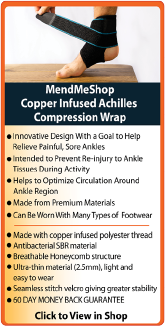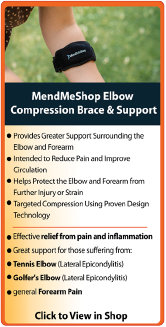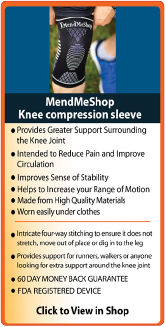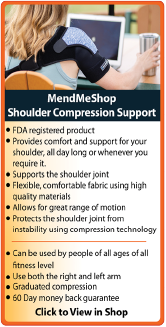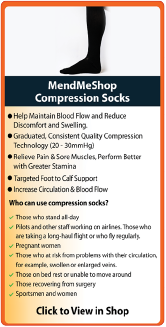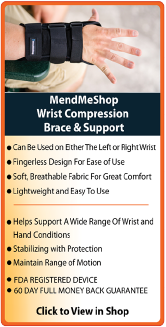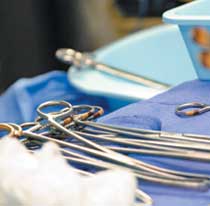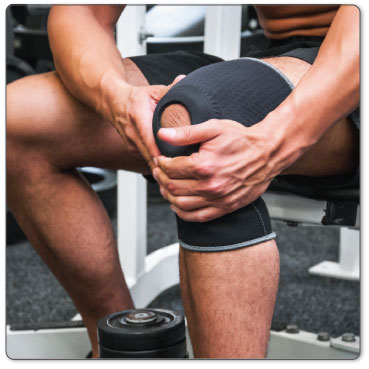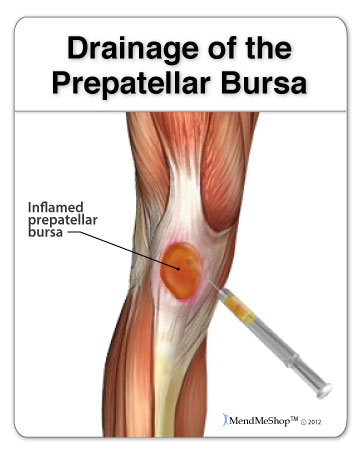Common Bursa SurgeriesBursa Surgeries...Bursa Draining, Bursa Aspiration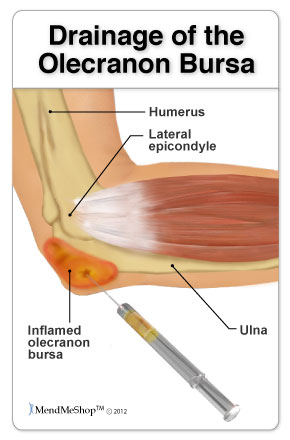 Generally when it comes to bursitis surgery you'll be faced with options for non-invasive procedures and more invasive solutions. If it's possible to do a non-invasive procedure, your doctor may suggest a less aggressive procedure such as draining or aspiration of your enlarged bursa. The hope is that the removal of extra fluid from your bursa will reduce your pain, but it may only be a temporary fix if the bursa sac has thickened walls and has chronic inflammation. The cause of fluid build-up will also require treatment with conservative treatment methods following the procedure. Bursitis AspirationThis procedure is most commonly used for elbow bursitis. Your doctor will use a syringe filled with liquid (1% lidocaine) to raise the skin over the bursa and to freeze/numb the area. Your doctor raises the tissue to protect the tendons and ligaments in the elbow. A new needle will then be inserted into the bursa to drain the fluid and reduce the over all size. Joint Arthrocentesis Surgery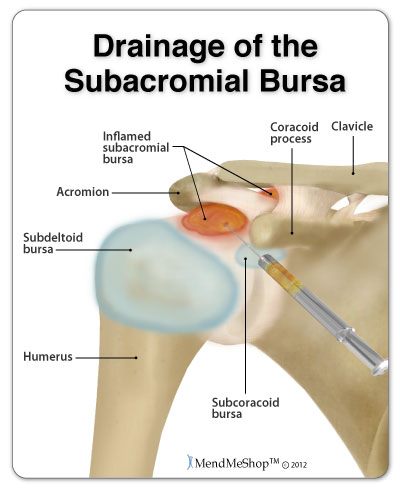 Your doctor will insert a needle into the bursa and drain the fluid. This type of joint aspiration is common for treating bursitis in the knee, wrist, hip or shoulder. This type of procedure is used to protect the joint from further (more invasive) surgery and a more complicated outcome. Once you've had your bursa drained of the extra fluid, the pressure on your surrounding soft tissue (ligaments, tendons, muscle) should be reduced. Even though this procedure may ease your pain, you'll still need to rest the injury and continue with conservative treatment methods for post-surgery recovery. Your doctor will encourage you to use a Cold Compress or Ice Pack at the start to get the swelling down, then eventually progress to stretching/exercise, home treatments such as the TShellz Wrap® and most importantly - rest. Draining extra fluid from your bursa isn't a cure for your bursitis injury. Your bursa might re-fill with fluid and re-injury is a very large risk to you. If you find that your bursitis has come back and you're suffering even more than before, you may need to have the bursa removed from the joint. Open Bursitis Surgery (Bursectomy)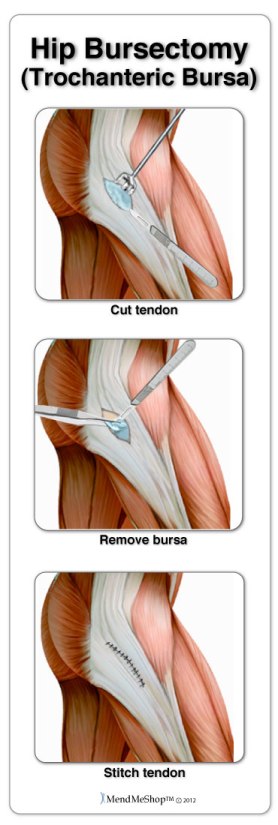 Traditional open surgery is used when there's a large amount of damage to the bursa tissue, bone fractures in the joint as a result from an acute injury, bone spurs or other injuries from degeneration (aging) of your joint and/or extensive damage to the surrounding soft tissue (tendons, ligaments, muscle). During this procedure one long incision(s) is made in the area of your injury. An open incision this large provides enough room for the surgeon to remove the bursa, shave down any bone spurs and repair any damaged tissue. Open surgery is rarely used except in some cases of knee and shoulder bursitis. An open procedure is rarely used for elbow bursitis (only the most extreme cases). In some cases, an open procedure will also be used for larger, more involved hip bursitis removal. However if it's possible to do so, a surgeon will usually remove one or more of the bursae in the hip with arthroscopic surgery. An open procedure with precise suturing of soft tissue improves overall strength in the joint during the recovery process, making recovery setbacks less likely.Arthroscopic Bursitis Surgery (Bursectomy)A bursectomy will be done arthroscopically if your damaged bursa is accessible through 2 to 4 keyhole incisions in your joint. This type of procedure is common for shoulder (subacromial) bursitis, knee (prepatellar, infrapatellar, pes anserine) bursitis, and hip (iliopsoas, trochanteric) bursitis. Arthroscopic bursitis surgery will provide the surgeon with a first hand look into the nature of the injury and what work must be done to remove your bursa. During this procedure a thin tube containing a camera and light is inserted through an incision near the joint. Additional surgical tools required to remove/fix your bursa will be inserted into the other keyhole incisions. A shaver is sometimes used to cut the bursa free from the surrounding tissue and then the bursa will be removed. If a bone spur or other problem has caused the bursitis, the spur is removed or the problem is corrected to prevent further issues. This is a minimally invasive procedure so it may limit the amount of tissue damage from surgery, helping promote a more effective recovery. Your surgeon will preform bursectomy surgery with the goal to have you on the road to recovery faster. Rehabilitation from a bursectomy will depend on your healing ability, rest, your diet, tissue damage, and other procedures done during the surgery. Generally, recovery time is relatively fast (6 weeks to 12 weeks) after a bursectomy as long as post surgery recovery protocols are adhered to. Debulking or Debridement This surgical technique is done during open surgery and is undertaken when there is scar tissue, bone spurs, and/or a lot of soft tissue damage in the joint. To perform a debulking or debridement the surgeon will cut away any damaged/inflamed tissue. If muscle or tendon soft tissue is torn or ruptured, they will also scrape down any calcium deposits (bone spurs) that have formed on the bone. Scar tissue may be removed from the muscle fibers, tendons, tendon sheath surrounding the tissue or from both surfaces. Debulking or debridement soft tissue is used as a last resort, if all methods of conservative treatment options have been exhausted. Joint Specific Surgery DetailsWrist Bursitis Surgery & Recovery Your surgeon will start with a less aggressive approach to deal with your wrist bursitis first. This is done to avoid open surgery to remove the bursa from your wrist. Usually an arthrocentesis procedure is used to treat wrist bursitis. This is where a needle is inserted into the bursa to drain the fluid. If you're suffering from chronic wrist bursitis your doctor may decide to have you undergo an arthroscopic surgery to remove the bursa sac altogether. No matter what type of procedure you have for your wrist, you'll need to wear a splint on your wrist for 1 to 2 weeks after the surgery. You'll also need to limit weight bearing and lifting of the affected hand and wrist. Foot Bursitis Surgery & RecoveryBursae in the foot are known as adventures. This means that your body will create some bursae in the foot in response to damage to the foot (to help compensate for other soft tissue injuries in the foot). Some of the places where "adventure" bursae will grow in the foot include:
Metatarsal bursa and inter-metatarsal bursitis injuries respond best to conservative treatments (rest, cold application of a Cold Compress or Ice Pack and Circulation Boost with a TShellz Wrap®). 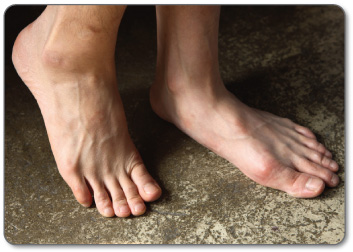 Visits to a physical therapist (PT) will focus on restoring the correct position of bones and soft tissue in the foot. Your doctor won't consider surgery without you first trying conservative treatment methods and correcting the mechanics of your foot in PT. Shoe modification with an orthotic may be the only treatment required, although in severe cases, surgical realignment of the metatarsal bones may be required. Foot surgery is only considered as a last resort option. Why? Scar tissue in the foot will cause more problems to the soft tissue in your foot, even more so than the original bursa injury. Surgical techniques are always improving, but post-surgical complications arising from foot surgery are not infrequent and can have a huge impact on quality of life. Achilles (Ankle or Heel) Bursitis Surgery & RecoveryAchilles/ankle/heel bursitis (retrocalcaneal bursitis), also known as Haglund's Syndrome, can only be treated through open surgery. The medical community has not come up with the most effective type of surgery to deal with the Retrocalcaneal Bursa. What is known is there are two different approaches to solving retrocalcaneal bursa pain. (source: US National Library of Medicine and Health) 1. Open surgery with the removal of the retrocalcaneal bursae 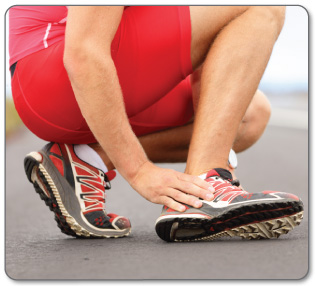 The surgeon may or may not carefully cut away any dead tissue in the Achilles tendon and shave down the calcaneal bone. After the surgery you'll be placed in a short leg cast for 2 weeks with your ankle in a flexed down position. Then you'll be placed in a neutral ankle position for another 2 weeks. To protect the tissue while healing you won't be allowed to bear any weight on your ankle and take part in activities that place weight on your ankle for the first 4 weeks following surgery. Approximately 6 weeks after surgery, you'll be placed in a walking boot for another 2 weeks. It will be important to stick to your PT appointments and continue exercise at home during your entire recovery process. Complete recovery time for heel bursitis surgery is between 6 months and 2 years.
2. Open surgery by splitting the Achilles tendon to allow access to drain the bursa, cut away dead tissue on the bursa sac or completely remove the bursa. This tendon-splitting approach has some major drawbacks because it weakens the Achilles tendon and the recovery process to return to full function of the foot is very slow. A build-up of scar tissue may cause more irritation to the foot after recovery, possibly requiring additional conservative treatment methods or even more surgery. Elbow (Olecranon) Bursitis Surgery & RecoveryThe elbow has very poor blood supply and may not heal correctly after open surgery. A build up of scar tissue in the elbow can affect range of motion later on so your doctor/surgeon may opt to use this less invasive procedure for your elbow bursitis... 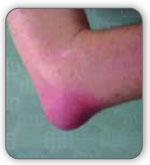 If your condition is chronic, a small incision will be made over the bursa. Surgery is only done when the bursa is not red, hot, and inflamed. If the bursa has become thickened and enlarged this procedure will involve lifting the skin on your elbow up, over the swelling. If this is the case, there will be a considerable empty 'dead space' left behind where the enlarged bursa once was. This space often fills with blood and fluid after the operation. Your surgeon will apply a firm bandage to reduce the amount of fluid that collects. You may need to visit the doctor to have additional fluid drained from your elbow with a syringe. Hip (Trochanteric / Iliopsoas) Bursitis Surgery & Recovery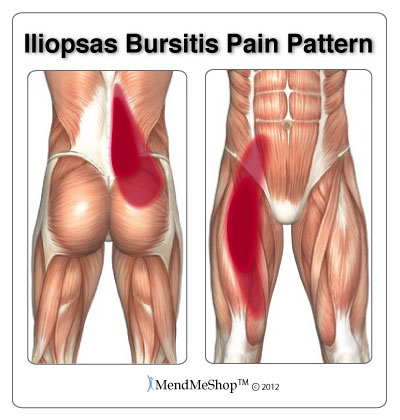 During this procedure your surgeon will make 2 to 3 small incisions in and around your hip. Your surgeon will insert small tools into the hip joint to repair, remove and/or shave your damaged bursa tissue. If trochanteric surgery is being performed, the surgical team will apply pressure to your hip to help open up the area allowing your surgeon access to tissue. If you're suffering from a secondary condition along with bursitis, your surgeon may need to add 1 to 2 more incisions for additional soft tissue repair. If one of the tendons in your hip need to be cut to allow your bursa to be removed, this tendon may also be lengthened or released (cut) to give your bursa more room in the hip joint. If the tendon is not repaired, the edges will heal and fill in with scar tissue. The tendon will end up being much looser than before you had surgery. Generally, the surgeon wants to make sure your greater trochanter tissue isn't rubbing on the surface of the other tissue in your hip. 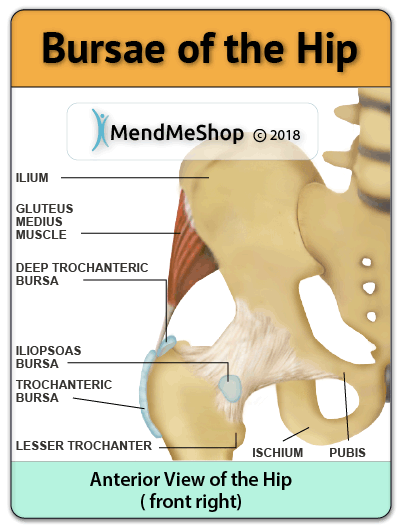 During post-operative recovery from hip bursitis surgery you'll be on crutches for 2 to 4 weeks. You'll also need to wear a brace for 2 weeks to protect the delicate tissues in your hip and prevent extreme movement. The brace will need to be worn over your clothing during weight bearing activities while still using your crutches. You may also need to wear the brace while you sleep for the first week after surgery. Recovering from hip bursitis surgery is a slow process. You'll have to attend PT sessions quite a few times a week during your post-surgery recovery for a duration that may take several months. You'll be encouraged to move around as soon as possible, but with care placed on protecting your hip and the tissues as they heal. During PT you can expect to experience proactive range-of-motion exercises and work your way up to active stretching and strengthening of the muscles and tendons in your hip, thigh and leg. This will most likely include riding a stationary bike 2 times a day, every day, for 5 to 10 minutes. Shoulder (Subacromial) Bursitis Surgery & Recovery Shoulder bursitis can be surgically treated with an arthroscopic procedure, using a small camera to see your shoulder joint. Your surgeon will make 2 keyhole incisions at the front of your shoulder. Small instruments will then be inserted into the the shoulder joint. Your surgeon will use these tools to see any tears, bone spurs or loose material, and remove or shaving away dead tissue on your damaged bursa sac (this is also called debridement). During your initial recovery from surgery you'll have to protect your shoulder and arm by wearing a sling or splint. You'll be encouraged to do normal daily activities, raising your arm waist high, after a few days. Attending PT appointments will help with range of motion, stiffness and swelling. Recovery for shoulder bursitis surgery is usually between 2 to 6 months depending on the amount of work your surgeon had to do to repair / remove the bursa sac in your shoulder. Knee Bursitis Surgery& Recovery |
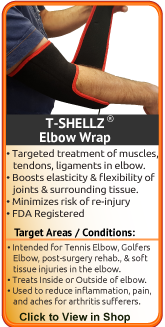   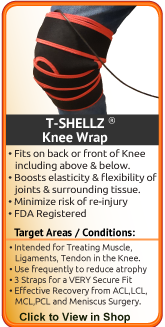   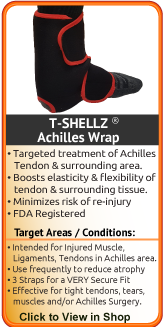 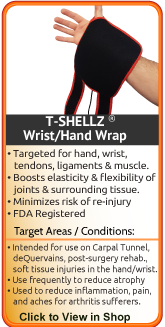   |

